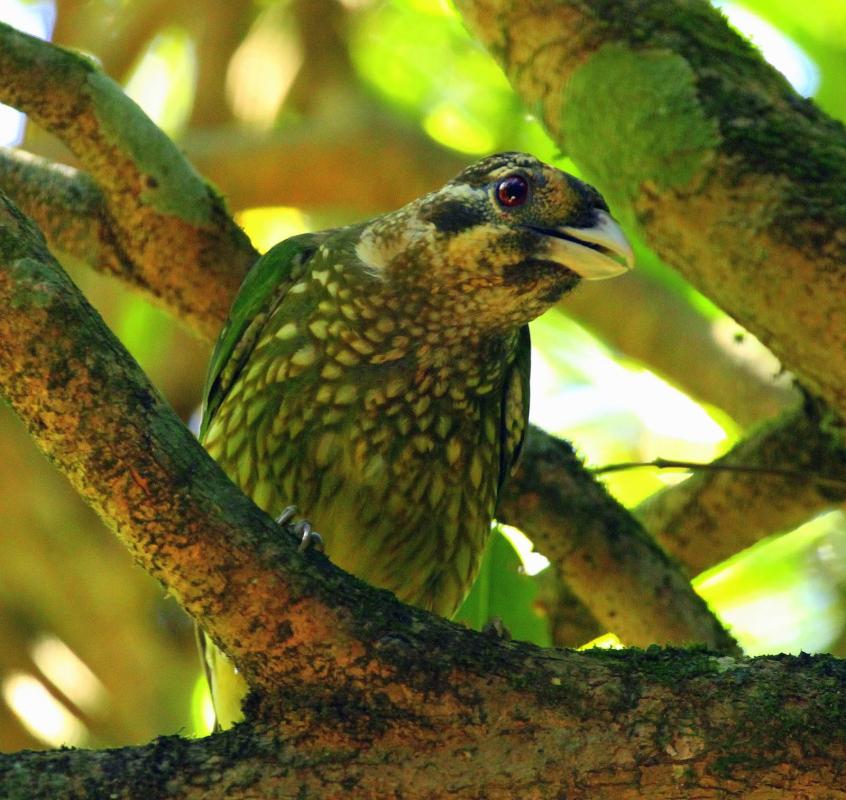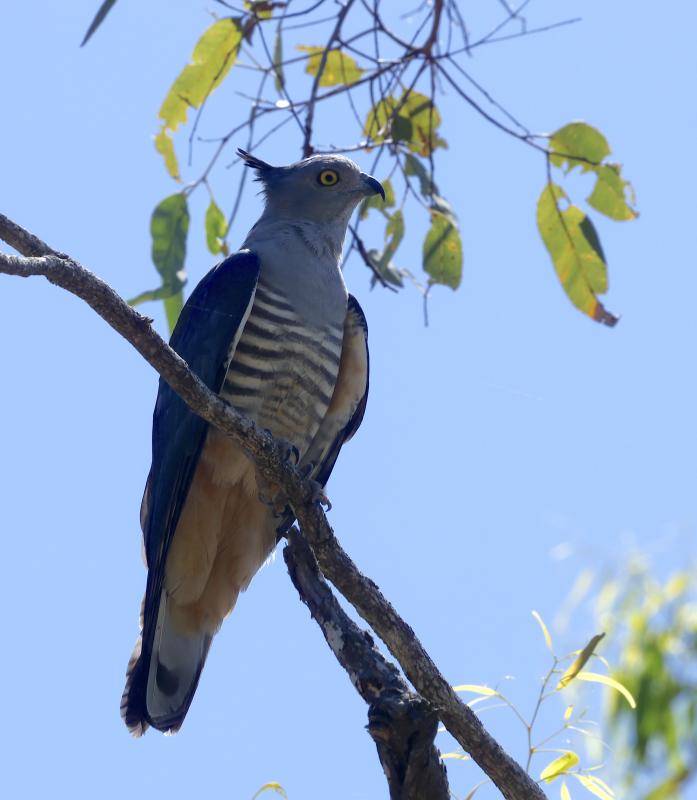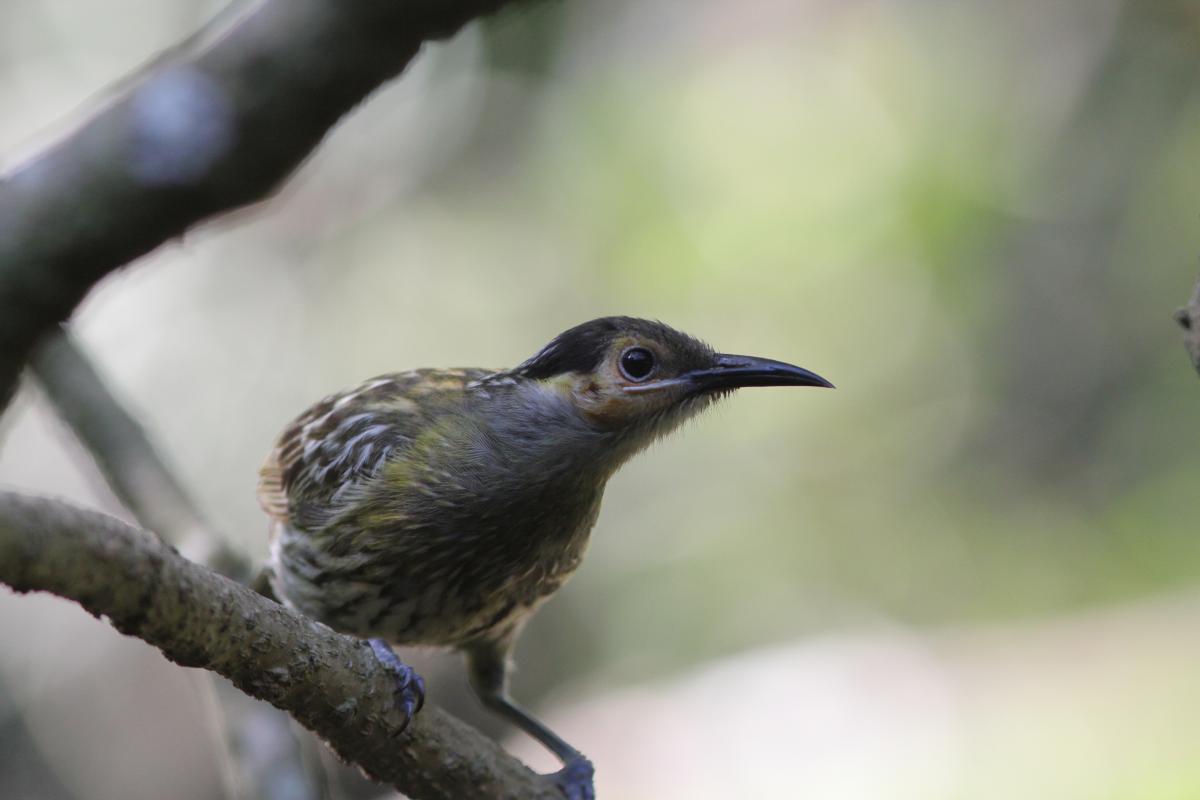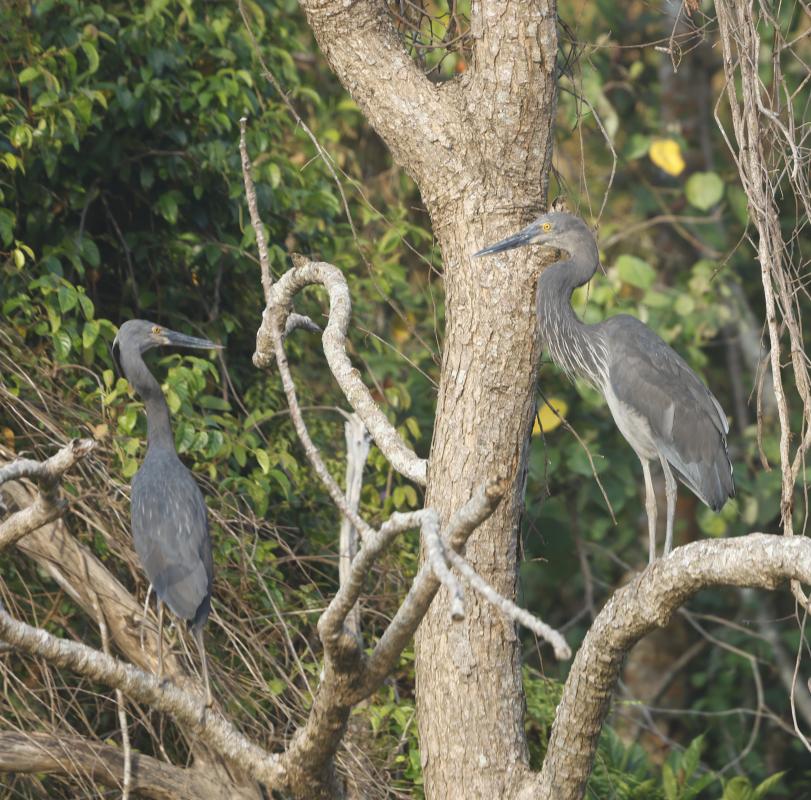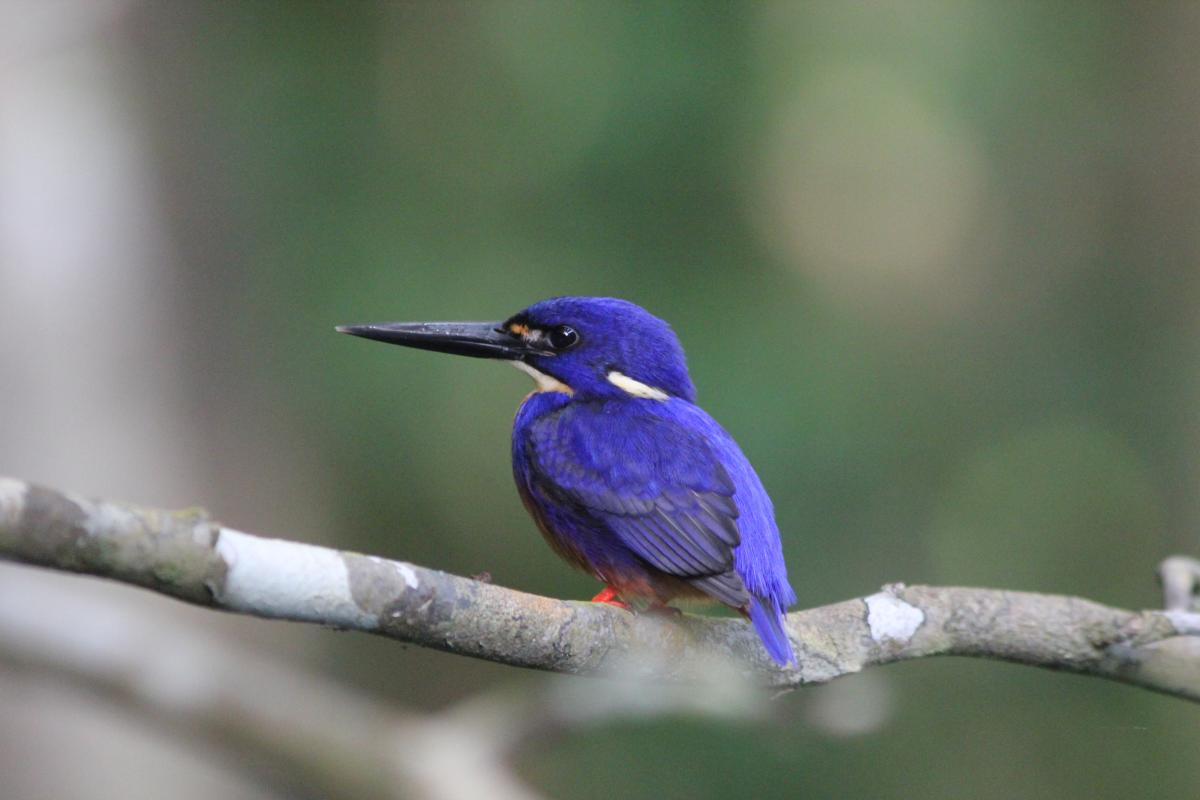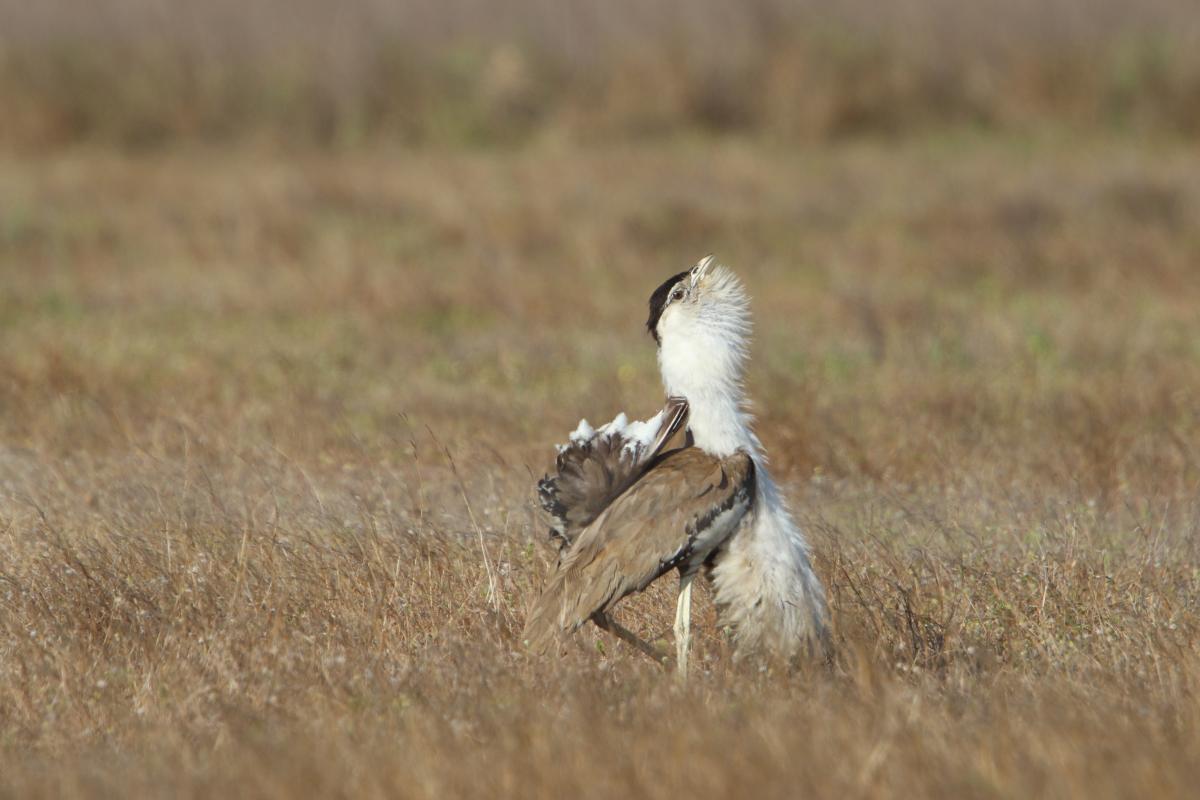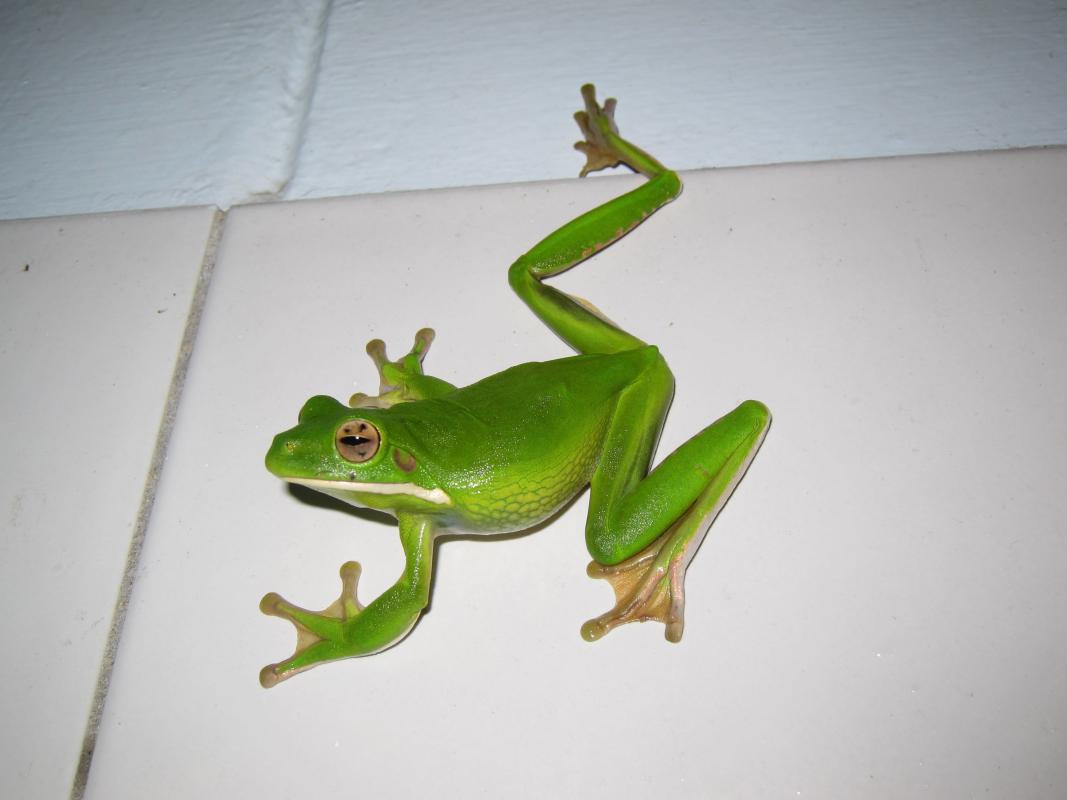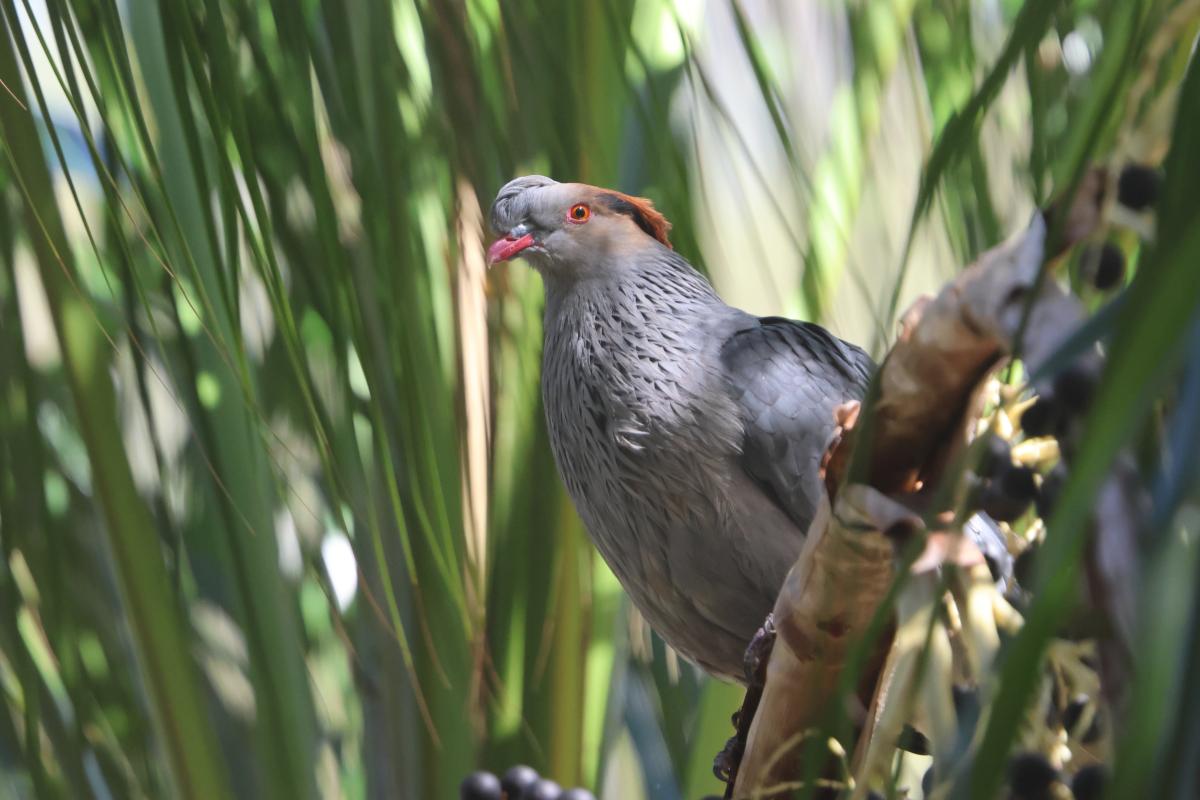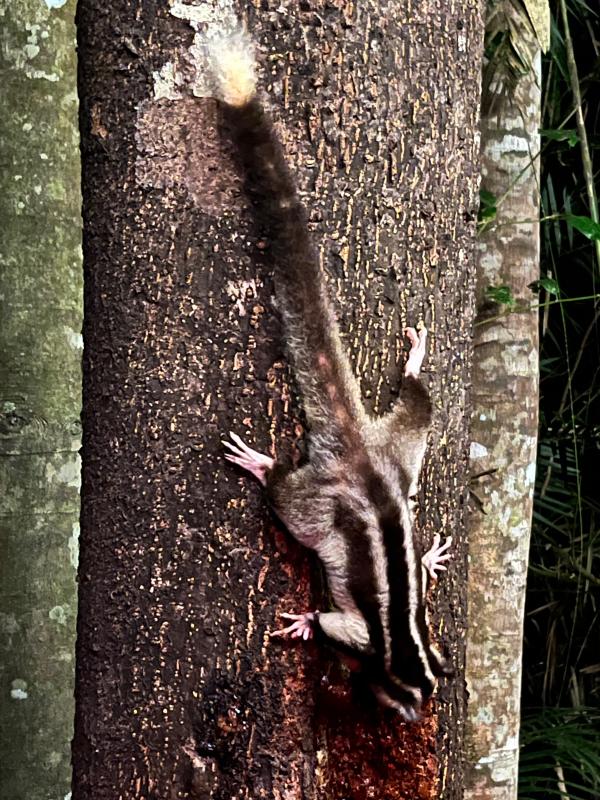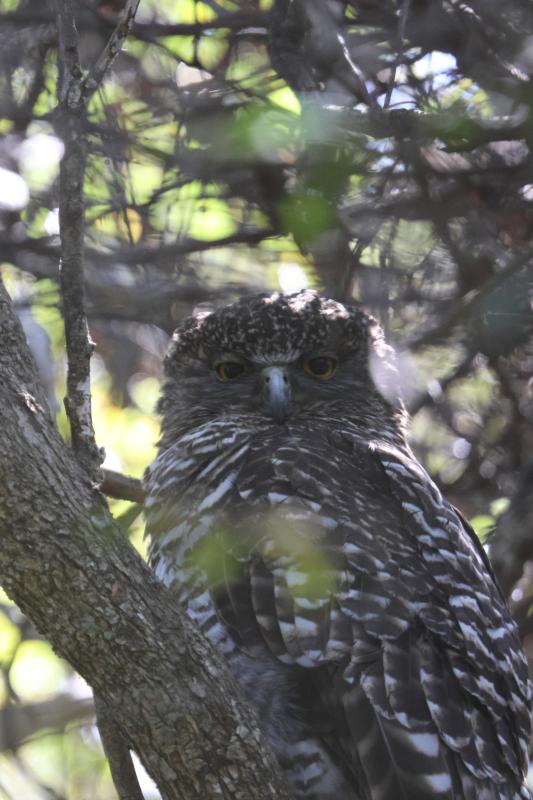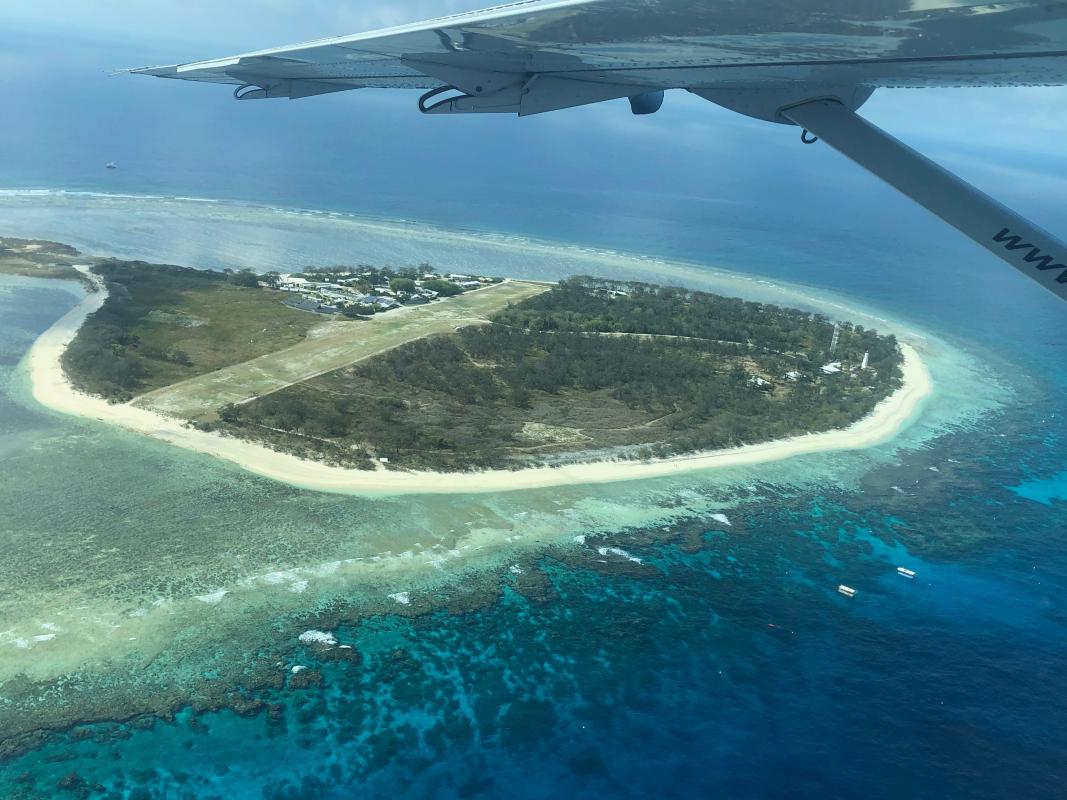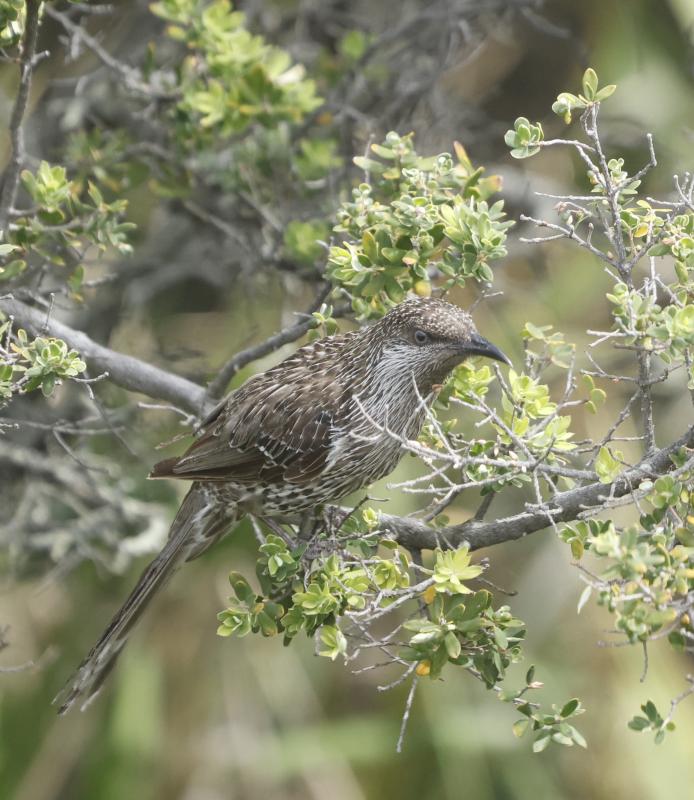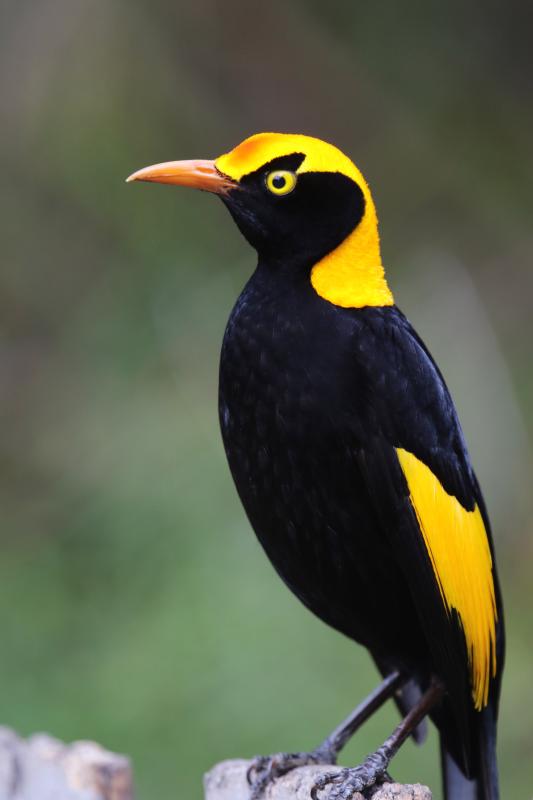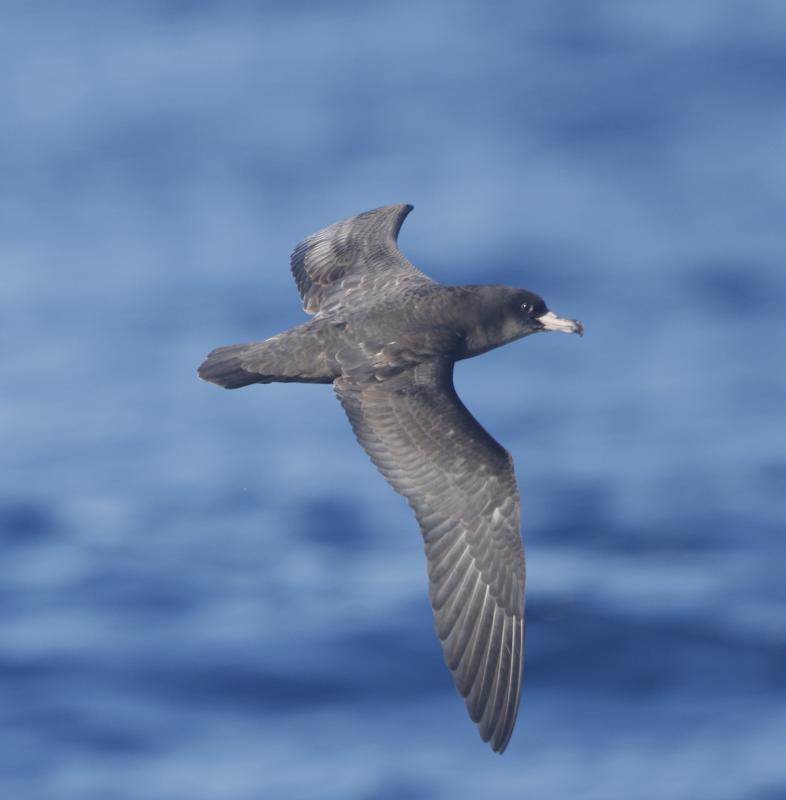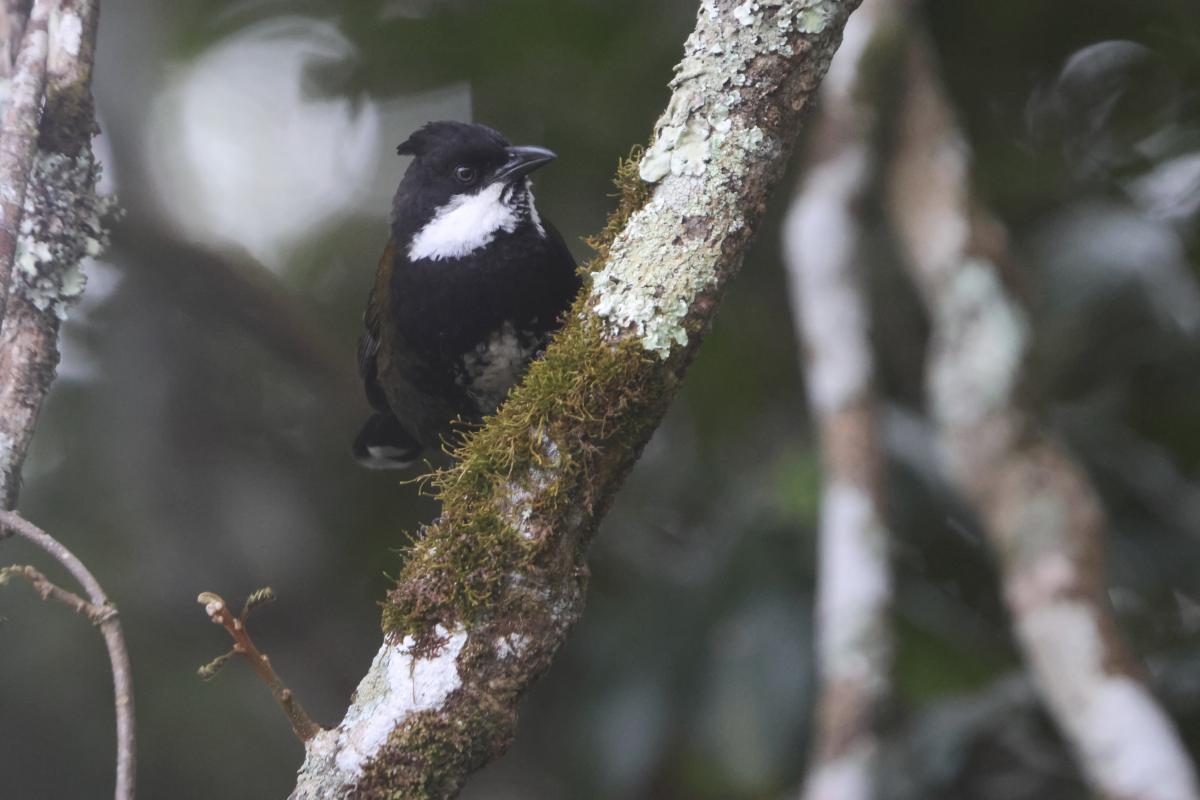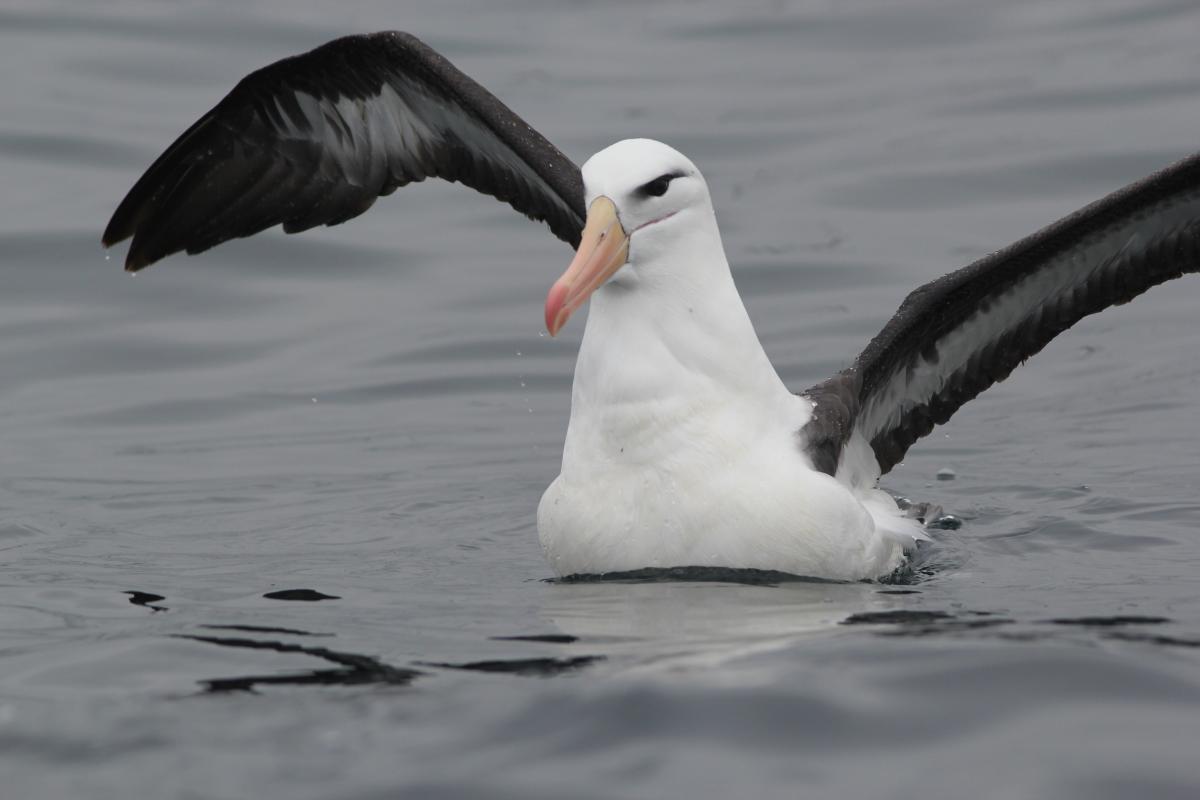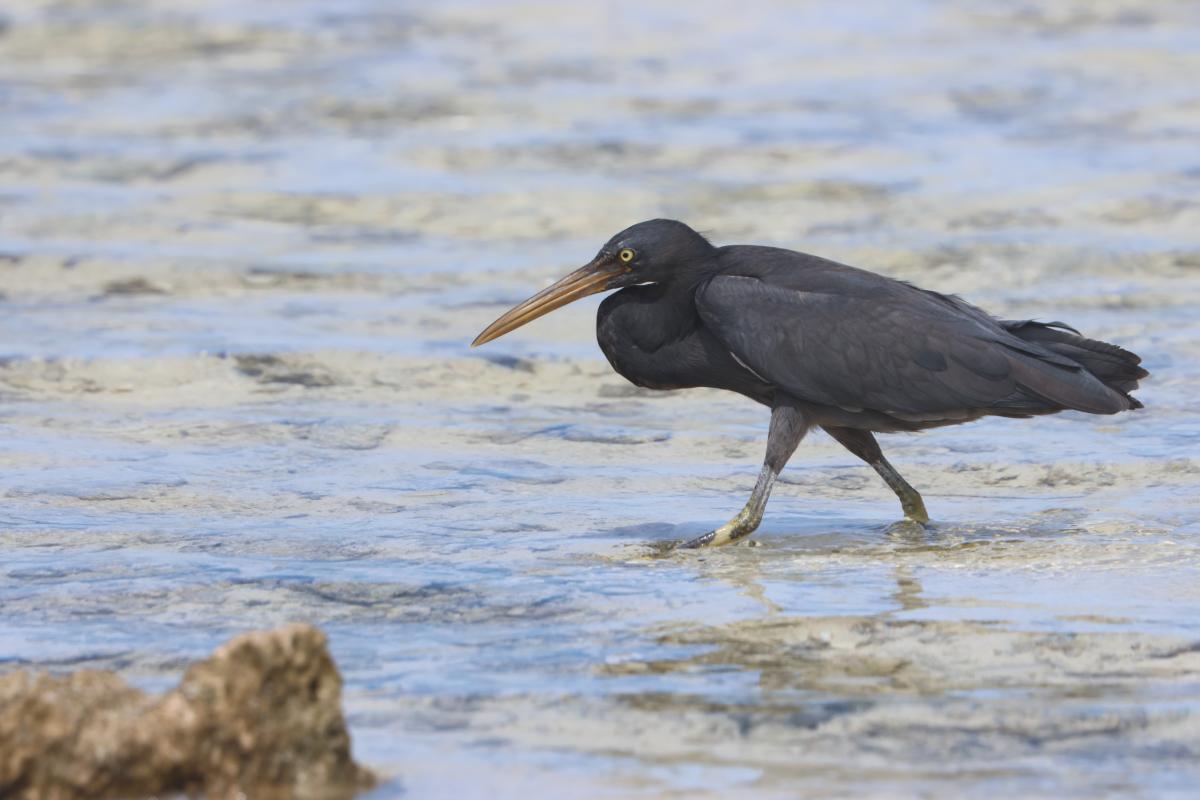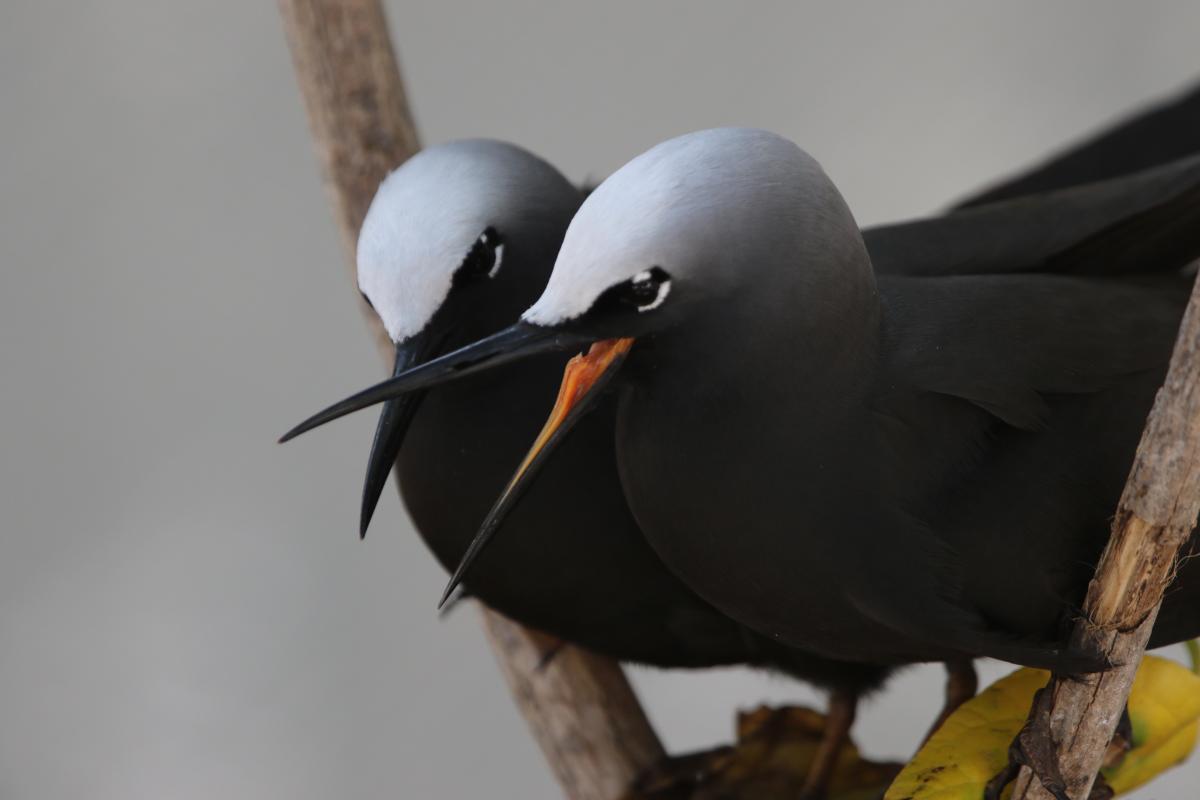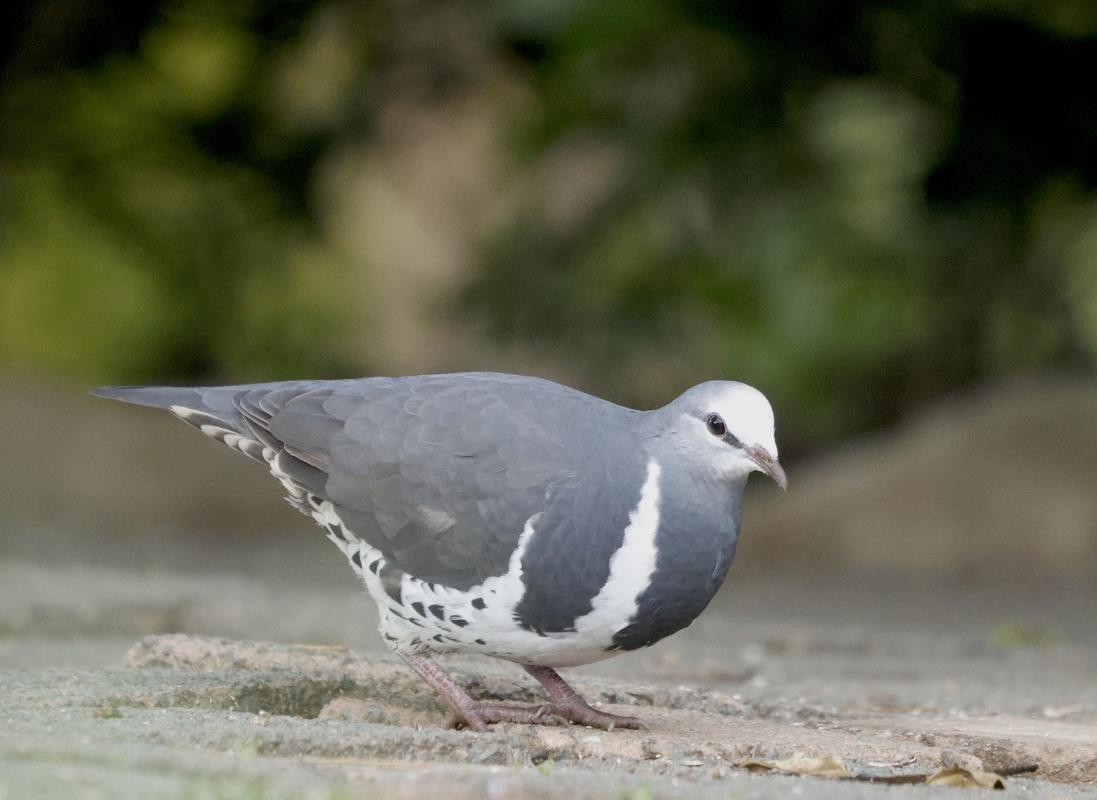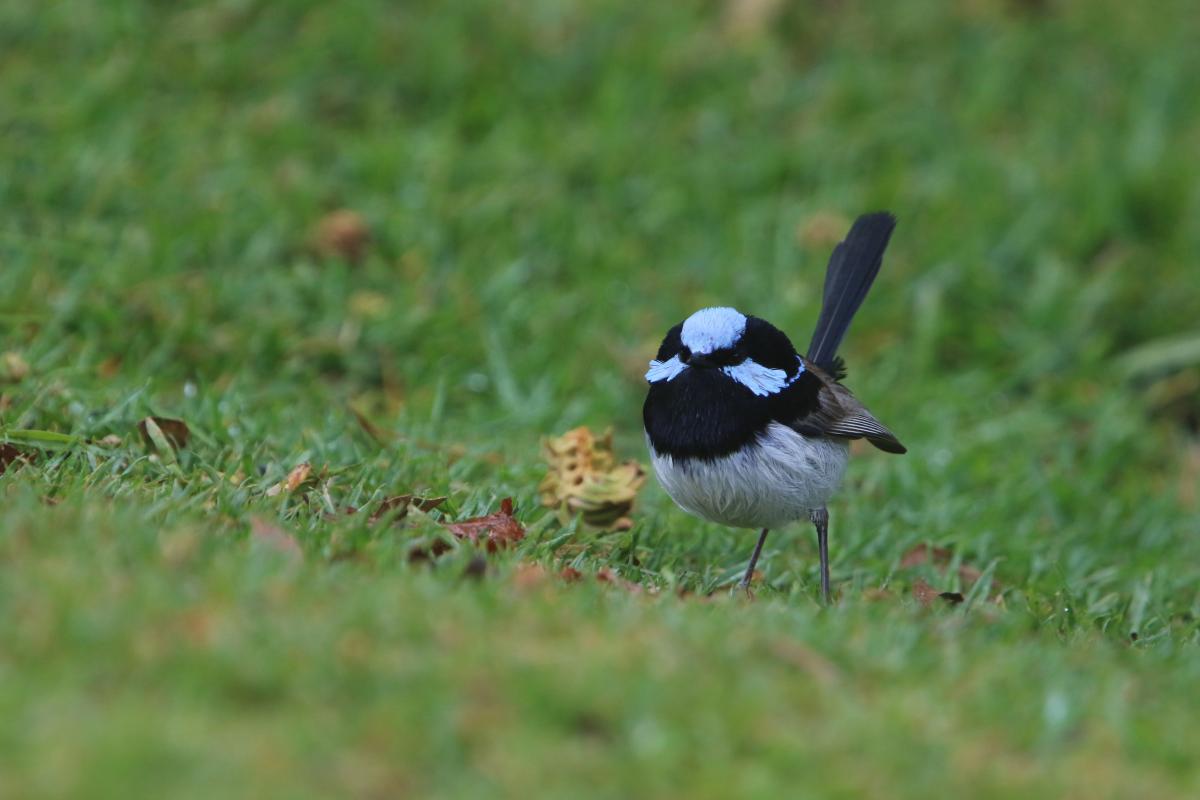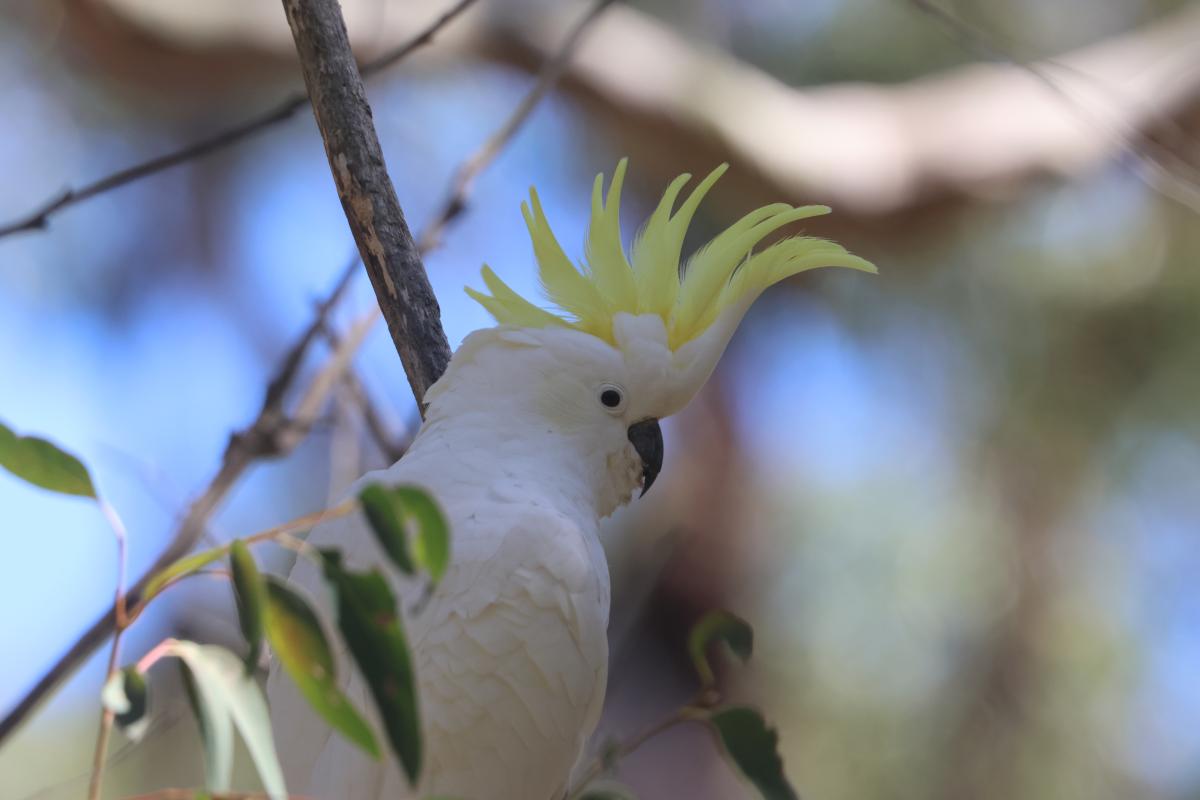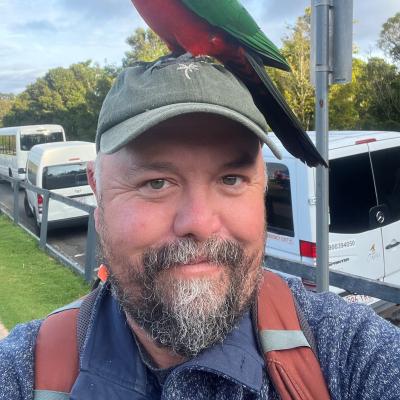Report: Queensland & NSW (AUS)
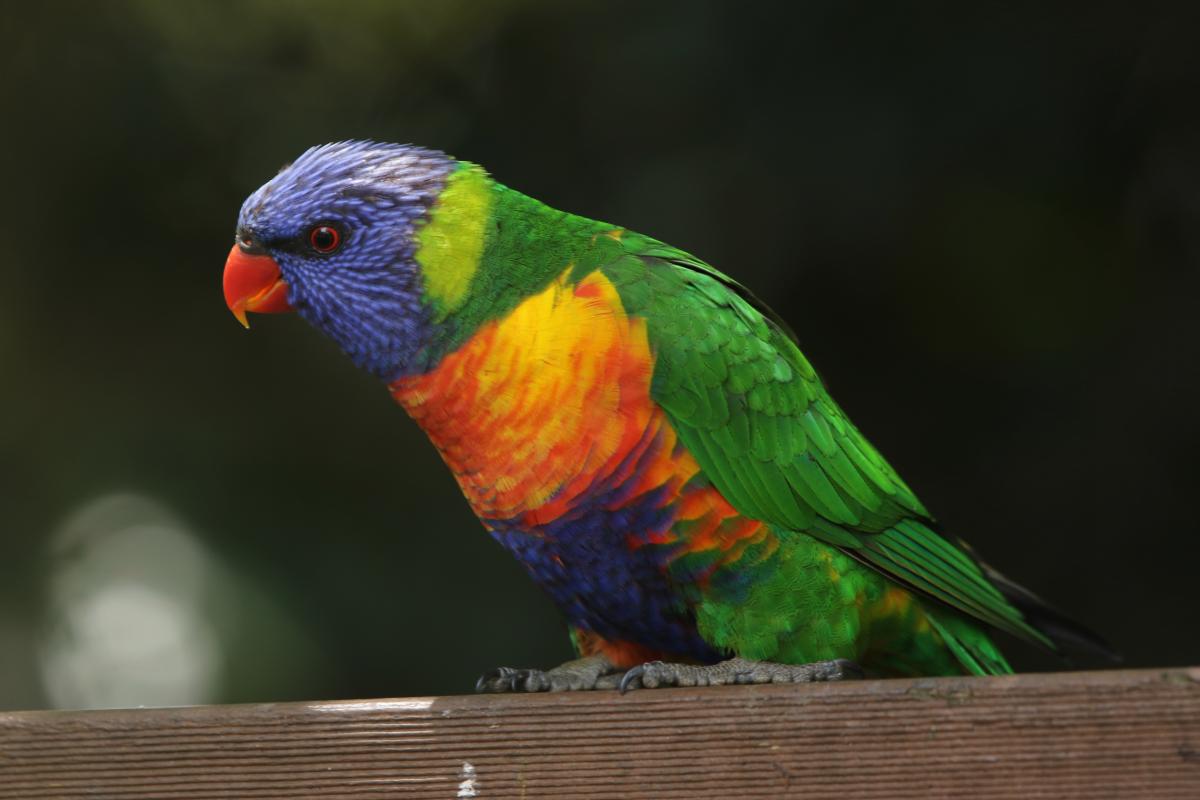
Our Eastern Australia Tour that covers Queensland and coastal New South Wales kicked off with a fantastic week around Cairns and the Atherton Tablelands. This region hosts the highest diversity of species in the country, including many of the continent’s signature species. We had incredible experiences with many of these this year. Just a sampling of our favorite sightings included a wonderfully cooperative roadside Southern Cassowary near Etty Bay, male Australian Bustards strutting their stuff in the dry savannah near Mount Carbine, perched Azure Kingfishers and displaying Great-billed Herons along the Daintree River, a great introduction to a wide array of honeyeaters like this Macleay’s Honeyeater, a stunning pair of Pacific Bazas near Mareeba and particularly good views of Spotted Catbird, common but sensational Rainbow Lorikeets and the admittedly goofy looking Topknot Pigeon. As always, tours to Australia are never solely about the birds; and in particular our lengthy views of the gorgeous Striped Possum near Yungaburra (one of an impressive 23 species of mammals for the tour) and this smart looking White-lipped Treefrog were a real highlight for many.
We then move to the idyllic Lady Elliot Island, on the southern edge of the Great Barrier Reef. Here we marveled at nesting Black Noddies and foraging Pied Oystercatchers and Eastern Reef Herons just feet from our lenses, as well as a host of other seabirds and a wide array of marine life.
A little to the south around the famous O’Reilly’s Lodge the birds are almost tame, and forest birds often come to investigate your shoelaces. Normally shy Eastern Whipbirds, Crimson Rosellas and gorgeous Regent Bowerbirds are common visitors around the lodge, where they look over (or from) your shoulder for any dropped tidbits, and around the edge of the forest a Wonga Pigeon might appear.
After O’Reilly’s we flew down to Sydney where we spent some time in the stunning and large Royal National Park that lies just a little to the south of the city. This park provided a great and scenic backdrop for our final day and a half, with a family group of Powerful Owls on a day roost and a repeated and excellent views of the aptly named Superb Fairywren and dynamically marked Little Wattlebirds. Our pelagic was superb this year, with a vagrant Masked Booby, our first White-chinned Petrel ever, and first Cape Petrel and Brown Skuas for over a decade. Of course, the albatrosses stole the show as usual though, with good numbers of Black-browed and White-capped, and single Campbell’s and Antipodean.
We finished the Eastern Tour with an impressive 291 species, and an amazing 435 species for the two tours combined. It is always with a touch of sadness that I board the plane to leave this amazing continent, and I very much look forward to next year’s duo of tours!
